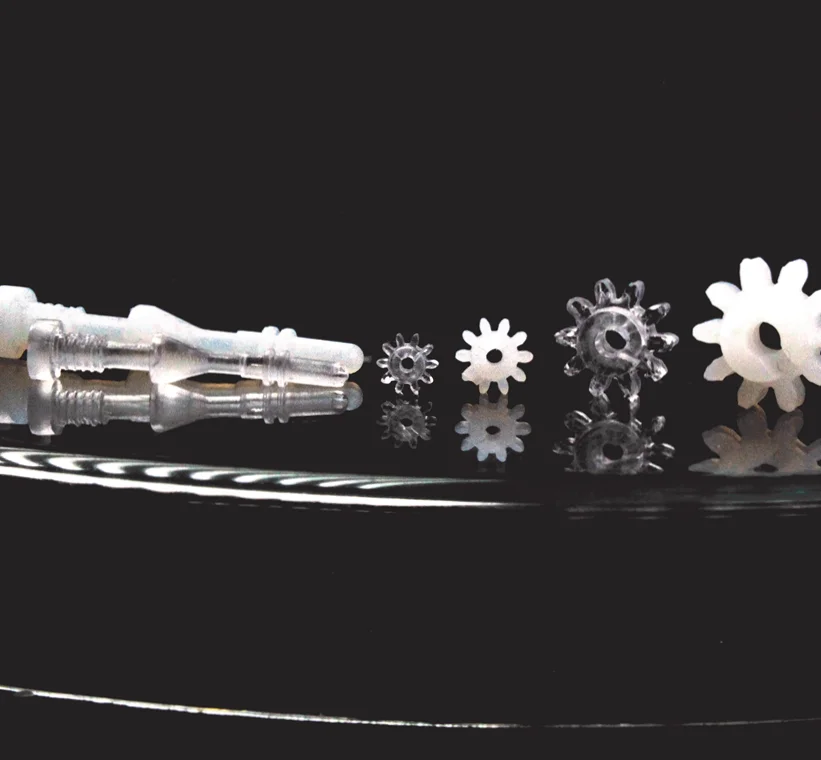Terms blue (Craftsman’s unique skills)

Lai Lei, daughter of Dong family in Zhanglu Village, Guzhou Town, Rongjiang County, Guizhou Province. She inherited the traditional printing and dyeing skills, and introduced modern technological innovation. According to the large amount of data accumulated by herself, she has realized the technological innovation of printing and dyeing in twenty-four solar terms.
Close your nose to smell the smell, look at the color with your eyes, reach out and stir in the tank, busy Lai Lei (pictured above, photographed by Tu Min) can judge whether the pigment dyeing tank is in the best condition in three or two times. No adjustments needed…
Lai Lei, 45 years old this year, grew up with the sound of her mother’s loom, which made her have a special complex for weaving and dyeing. The experience of studying oil painting at Yunnan Arts University has made Lai Lei have a unique understanding and dedication to traditional handicrafts such as indigo dyeing.
Indigo dyeing, an ancient printing and dyeing process in my country, has a history of thousands of years. It can be roughly divided into indigo mud making, bleaching cloth, dyeing cloth, rinsing, drying and other links. In June and July every year, the dyers cut the blue grass to make indigo, and after the indigo mud is done, they enter the dyeing process. “Good indigo mud has green in the blue, and the indigo mud can’t be contaminated with a trace of oily smoke.” Lai Lei told reporters pointing to the indigo mud in the tank.
”There are more than 30 processes in the dyeing process alone.” Talking about the difference from traditional indigo dyeing, Lai Lei said that in the past, the Dong family only dyed cloth for one season a year. Start dyeing the cloth, seal the tank in November, and do not dye the cloth in winter. And Lai Lei dyes cloth all year round. This is because she not only inherited the traditional indigo dyeing skills, but also innovated with modern technology. While other dyers rely on word-of-mouth experience to dye cloth, Lai Lei has achieved standardized dyeing that precisely controls temperature and humidity.
In Lai Lei’s handmade cloth workshop, there are thermometers and hygrometers. Lai Lei, who is on the side, skillfully records various data on a piece of paper called “Blue Dyeing Diary”: temperature, humidity, water temperature, dye vat material, Cloth, pH value… “It’s like doing a chemical experiment.” Lai Lei said that in order to fully grasp the law of blue changes, these data must be recorded in detail. Through three consecutive years of data accumulation, from the selection of indigo mud, to the selection of dyeing vat materials, to the weather, water temperature and humidity of dyeing, Lai Lei has conducted a large amount of data collection and analysis. It is with the support of these data that she has the confidence to print and dye in 24 solar terms a year.
Lai Lei told reporters, “In spring, because of the heavy rain, the dyed blue is more green; in summer, the blue is more gray; in autumn, the blue is navy blue, which is the most beautiful; Blue is yellowish, more ‘willful’.” In the past three years, Lai Lei found that the blue dyed under different temperature and climatic conditions will be different, so they are respectively in the spring equinox, Qingming, Guyu, Lixia, Xiaoman and other two During the fourteenth solar term, the cloth was dyed 24 different blues.
Finding and formulating China’s own indigo dyeing spectrum is the original intention of Lai Lei to dye the twenty-four solar terms. “I want people in the future to avoid detours and achieve stable reproducibility of indigo dyeing. Even in different seasons, with the same data support, we can dye the same shade of cloth.”
Lai Lei has different feelings about the dye vat. When there is a problem with the vat, many dyers just give up the vat, make indigo mud again, and make another dye vat. But Lai Lei will use some plants and herbs to “repair” the dye vat and bring it back to life. In order to maintain a constant temperature, Lai Lei also built the dye vat underground.
After the cloth is dyed, the cloth should be rinsed to remove the variegation and impurities floating on it. Dry the cloth after rinsing. This link requires ventilation and cannot be exposed to the sun. After drying the cloth, Lai Lei will use plant enzymes to fix the color of the cloth. “The pH is directly proportional to the color fixation.” Lai Lei said.
In 2017, Lai Lei’s innovatively produced “24 solar terms indigo” native cloth was permanently collected by the National Museum of China. The museum evaluates that it inherits traditional concepts and craftsmanship techniques, and has both scientific, artistic and aesthetic values.
Talking about the difference between herself and other dyers, Lai Lei thinks that she has transformed a traditional skill purely based on experience into a process that can be monitored and controlled with scientific data, so that more young people can learn and use it. When asked why she was able to dye the distinctive blue, she answered lightly: “It’s just with your heart.”





